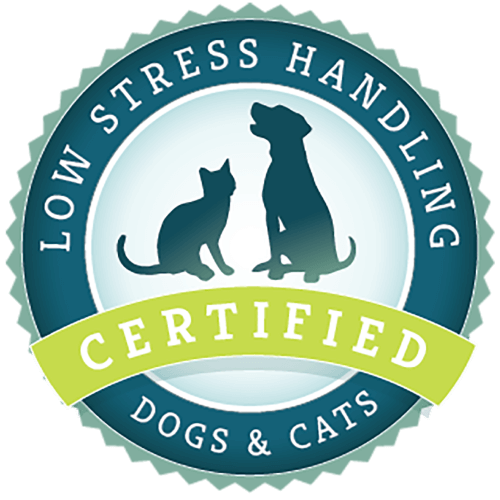What article are you looking for?
Category: I am a Trainer
Release Your Inner Kitty Through Tricks and Training
As every kid knows, while America is a democracy, the American family is not. It’s a dictatorship and even the youngest family members are savvy to the balance of power. One such youngster explained it to me, “In this house,” he said, “the dogs are the lowest. The kids come next. The parents are above the kids. And the cats are on top.” Indeed with over 60 million cats in the U.S., cats are at the top in more ways than one. In their insidious manner, they’ve quietly surpassed the dog as America’s number one pet. It’s easy to see
Handling Dominance Aggression in Dogs
For some dogs with a more aggressive personality, this life without leadership or predictable and consistent rules creates a furry monster who aggressively claims ownership to any resource – food, toys, sleeping places, access to attention – that he wants. Once Rover gets the rules you’ve conveyed to him through your actions, the weight of trying to be in charge or wondering how he should react will be lifted off his shoulders. Furthermore, once asking politely is Rover’s new habit, you’ll only reward him when you decide he should have the reward. That way you remain the one in control, but you’re doing so in a predictable and non-threatening way that helps him understand what you want and strengthens your relationship.
Dog Bite Prevention: How Kids and Adults Should Greet Dogs Safely
The Center for Disease Control estimates that 4.5 million Americans are bitten by dogs every year. Nearly 20% of those bitten seek medical attention and approximately 1000 victims per day require a visit to the hospital emergency room. Of those bitten, the most at risk are kids between 6–9 years of age. One way to prevent bites is for kids to learn how to greet and interact appropriately with dogs. The underlying cause: First off, it’s important for kids and adults to realize that some dogs are afraid of or uncomfortable with unfamiliar people. When we approach them, we think we look pretty
Why Joggers Avoid Dogs
“I was running in the bike path and my boyfriend was riding his bike next to me,” says Lisa Wells, an avid runner who has run the Boston Marathon. “All of a sudden a big Rottweiler came running out of a house towards me. I stopped and tried to stand completely still but he jumped up towards my face. I instinctively put my arm up to block my face and he bit my arm. My boyfriend chased the dog away and we ran home. My roommate, a veterinary student, made me call Animal Control and report the bite. Apparently the
Preventing Dog Bites
As Dog Bite Prevention Week is being recognized across the United States, the Center for Disease Control reports that 4.7 million Americans are bitten by dogs every year. Nearly 20% of those bitten seek medical attention and approximately 1000 victims per day require a visit to the hospital emergency room. Not surprisingly, one group at risk is animal care professionals—veterinarians, groomers, shelter workers and people who work or volunteer in the animal care field. A majority of bites could be prevented if animal care professionals recognized the warning signs and took a more sensitive and deliberate approach to handling. After spending over a year studying what makes
Puppy Play Biting Leads to Marks on Hands and Arms
Question: My Havanese puppy loves to nip my heels and the backs of my legs. When I stand like a tree, he pulls my jeans or nips my legs and then stops. I praise him and give him a treat when he sits and stops pulling at my jeans or nipping my legs. However, no sooner do I move again, he repeats his behavior. He also likes to nip my hands and arms. I am trying to teach him to kiss me instead of nip me but that is not working so well either. When he kisses me, I reward

Low Stress Handling® Silver-Level Certification
Individual Certification at this level demonstrates to clients and employers the individual’s dedicated interest in Low Stress Handling®. Hospital Certification at this level demonstrates to clients and staff the hospital’s commitment to appropriately training staff in Low Stress Handling® methods.
Learn More
